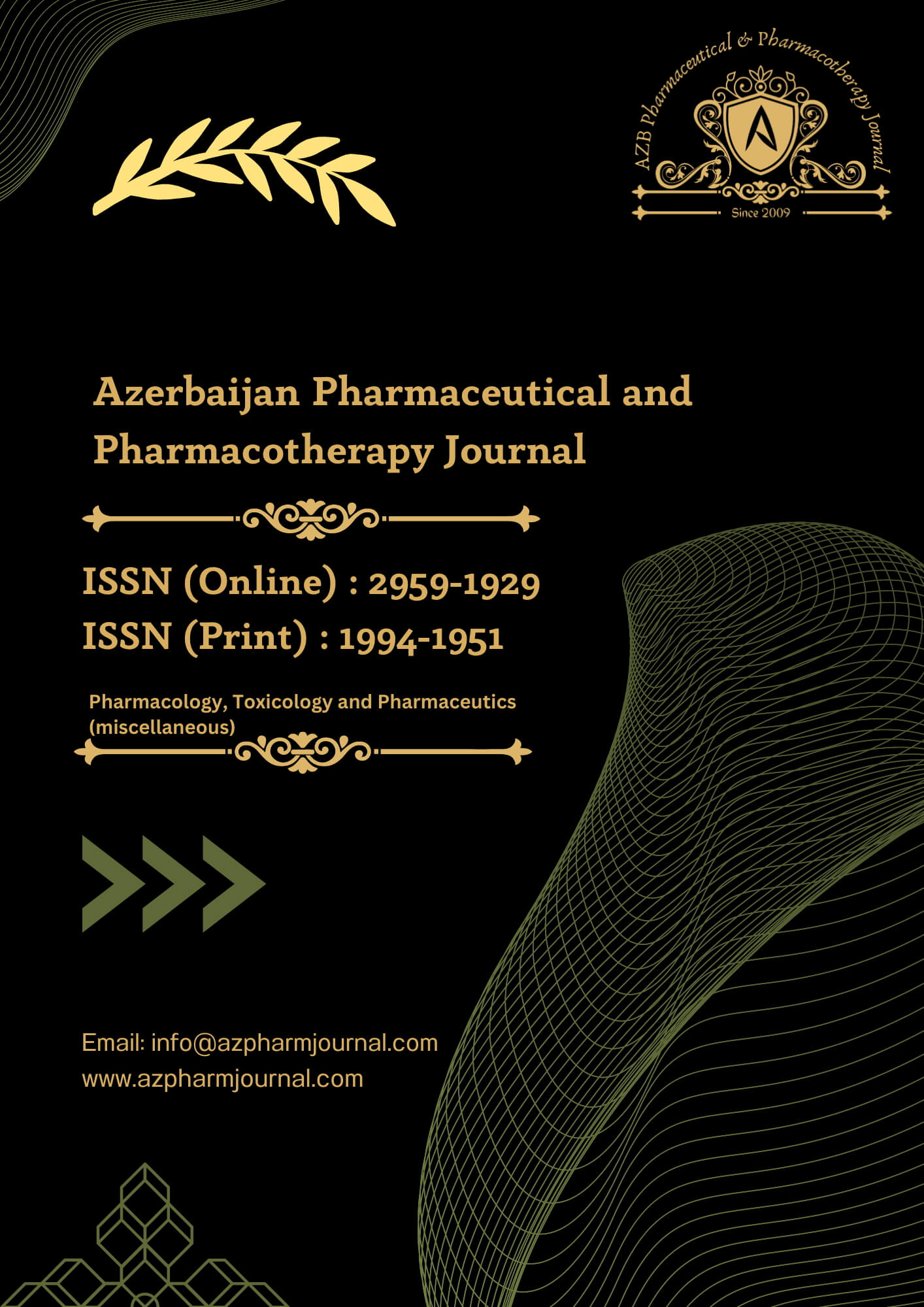Urethral stricture is a common and challenging disease in urology. Currently, there are numerous surgical procedures to treat this disease. However, the diversity of treatment modalities reflects the scarcity of an optimal technique [1]. Data from Medicare and Medicaid Services (for patients older than 65 years) confirmed an increased incidence of stricture disease at 9.0/100,000 for 2001 compared to 5.8/100,000 in patients younger than 65 years [2]. In addition, outpatient hospital visits for Medicare patients was 21/100,000 in 2001, which is half the number of urolithiasis visits in the same population, emphasizing the importance of this disease in the elderly population [3]. With 1600 stricture urethra patients, a study, presents the largest number of patients ever reported from Pakistan. The actual number of patients was even more, and with the introduction of newer modalities of treatment, the number of patients treated has increased tremendously in recent years [4].
The exact frequency of stricture urethra among urologic patients is unknown, but in our recent practice (2009) it was estimated to be 4% of all urologic indoor patients. Similarly, the exact incidence and prevalence of disease in the community is unknown in Pakistan [5]. The male urethra can be divided into two parts, the posterior urethra which consists of the membranous and prostatic urethra, and the anterior urethra which includes bulbar and the penile urethra. The bulbar urethra is enclosed by the bulbo spongiosus muscle and the penile urethra runs from the distal margin of the bulbospongiosus to the fossa navicular is and external meatus [6]. The main causes of urethral strictures consist of congenital anomalies of the mucosal membrane, infection, traumatic scarring after blunt pelviperineal trauma, urethral instrumentation, catheterization, hypospadias failures, and inflammatory disease of the corpus spongiosum caused by lichensclerosus [7]. Idiopathic and iatrogenic etiology are the main causes of urethral strictures in developed countries. Trauma remains the most common etiology of urethral strictures in the developing and Third World countries. About 90% of men with urethral stricture disease present with complications [8]. Before clinical treatment, a precise diagnosis and preoperative evaluation of anterior urethra stricture are necessary. While the American Urological Association symptom index captures the most common voiding complaint of men with urethral stricture, including lower urinary tract symptoms (LUTS) or acute urinary retention (AUR), 22.3% of patients have different presenting complaints [9]. As urethral stricture causes progressive narrowing of the urethral lumen, symptoms and signs of urinary obstruction arise [10]. Patients experience weak stream, straining to urinate, incomplete emptying, post-void dribbling, urinary retention, and recurrent urinary tract infections. The symptoms resemble those of other causes of bladder outlet obstruction such as benign prostatic hyperplasia [11]. The presence of obstructed ejaculation also points to urethral stricture and is a cause of infertility. Urethral stricture needs to be ruled out in patients presenting with Fournier’s gangrene, especially when there is urinary extravasation, and in young patients with recurrent epididymitis or prostatitis [12]. In cases of meatal stenosis, the urinary stream will be splayed or deviated. On examination, associated spongiofibrosis may be palpated periurethrally [13].
Objective:
To determine the efficacy of Mitomycin C in reducing Recurrence of Anterior Ureteral Stricture
